The firm’s chief executive has today announced his retirement. He leaves the business in a vastly different shape to the one he joined, writes Dave Rogers
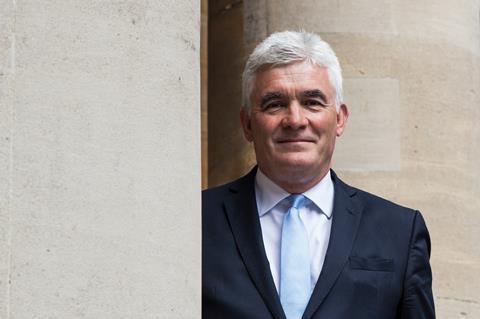
Just think. If Carillion had survived, then Andrew Davies would (probably) never have joined Kier.
He had been lined up to take charge of Carillion at the start of 2018 – previous employer Wates had even let him leave their business a few months early in order for him to get cracking – but a week before he was due to arrive, it went down the pan – one of the biggest corporate failures in recent years.
So, instead of trying to plot a recovery of sorts at Carillion, he spent much of the next 12 months on an enforced sabbatical.
He kept himself occupied with non-executive and senior independent director roles and spent much of his time walking long-distance paths.
After the Carillion debacle, he was offered other jobs but he took the top one at Kier, attracted by the chance to turn around another well-known firm that had fallen on hard times.
More than a year had passed from Carillion collapsing to Davies joining Kier in the middle of April 2019. A few months later, presiding over his first set of annual results, he was forced to announce a £245m pre-tax loss. Average month-end debts would soon push towards the £500m mark.
On hearing this morning’s news that Davies was stepping down, one of his peers put it thus: “He saved Kier from going bust.”
Davies is a serious man and Kier needed a serious man for a serious situation. The firm had got rid of its previous chief executive after a botched rights issue appeared to seal Haydn Mursell’s fate at the firm.
Kier had got into a hole after going on a spending spree, shelling out more than £500m acquiring several businesses including Mouchel, May Gurney and McNicholas Construction. “They probably overstretched the balance sheet,” Davies would say in 2021.
It’s difficult to overstate how real the threat of collapse was when Davies joined Kier. Carillion was still fresh in the memory and government, Kier’s biggest client, was spooked so much so that lines of communication were opened up with the Cabinet Office.
On his first day at the firm, Davies announced a strategic review which he said would be out that July. It was unveiled a month earlier, a sign that here was a man in a hurry with no time to lose.
It’s difficult to overstate how real the threat of collapse was when Davies joined Kier
His review included cutting thousands of jobs, moving out of its historic Tempsford Hall home, selling the housing business, shutting down non-core divisions like environmental services and closing offices. An equity raise in 2021 netted £241m and was done in nine hours and three times oversubscribed. The previous rights issue in late 2018 was only taken up by a third of shareholders, with the City having to take up the slack – never a good look.
Of his turnaround strategy, Davies put it like this when he spoke to Œ¢√л¶ last year. ‚ÄúFundamentally we changed our cost base to get margin into our operation to give us the credibility to go to the banks ‚Äì and that was the grand bargain we did in 2021.
“You need to put a plan in place which provides believability and stability. That’s what we did.
“Creditors gave us time because they wanted their money back. The supply chain… we paid them more progressively so they’re happy to work with you – and your employees, you give them faith.
“If you do get into these issues, you’ve got to deal with them very quickly and you’ve got to be very clear with all of your stakeholders what your plan is. And then you’ve got to have some proof points as to why it works.”
Maybe that’s why Kier survived and others haven’t. With the housing business, Davies had an asset he could sell for a decent price – distressed seller or not. But his hand was stymied because he had to sell it during the covid lockdown but it eventually went for £110m. Davies had a plan which the City and his funders liked. Without their support, he was stuffed.
Analysts warmed to him when he arrived and they were impressed by his vision, outlined in his review, and grasp of detail. This is what Kevin Cammack, then an analyst with Cenkos, said of him in March 2020. “I think he is very able. He does know the business and what needs to be done. People feel comfortable with him and he’s a man you can have a bit of faith in. He seems to get his hands dirty and people like that. The previous management were found wanting on the detail and nitty-gritty of running the business.”
In some ways, his successor has been hand-picked since he arrived six summers ago. Stuart Togwell would become part of a revamped senior leadership team, swapping Wates, where he spent more than three decades, to take up the group commercial director role at Kier. Davies needed people he could trust if his plan was to work and recruiting Togwell was his first big move.
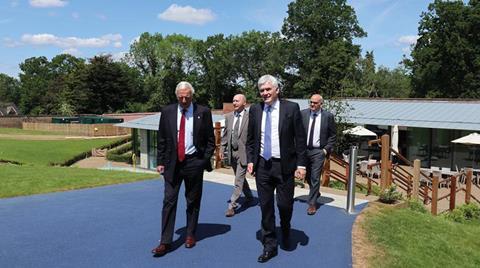
Others would follow including chief financial officer Simon Kesterton, Liam Cummins, who joined at the start of 2020 after 15 years at Laing O’Rourke, to head up his construction business, and a new chairman, Matthew Lester, who also arrived in 2020, and was a former group chief financial officer at Royal Mail.
It was all part of the rebuilding process and sent the message loud and clear: this was a new Kier and things were going to be different.
With Togwell, Kier gets familiarity. “The CEO retiring should not come as a complete surprise, with an internal candidate supporting likely continuity for the group,” was broker Investec’s take on it all.
This was a new Kier and things were going to be different
Davies has not said what he plans to do next, other than that he is retiring. No doubt he will spend more time walking, ticking off long distance paths, and spending more time on his bike. But non-executive positions surely await.
Since he arrived, Kier has returned to the FTSE 250 list of the biggest quoted companies and begun paying out dividends for the first time in six years. The firm is expected to have wiped its debt clear some time in the first half of next year. In short, it has rebuilt its reputation.
A few months after Davies joined, Kier’s share price hit a 23 year low, falling to 160p. Last night, its shares closed at 210p a rise of close to one third. They actually fell in early trading this morning, despite a positive trading update. The impact of Davies going, no doubt. Carillion’s loss has very much been Kier’s gain.





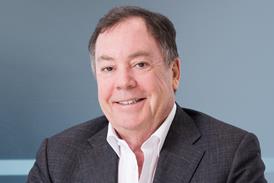
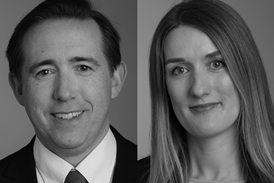

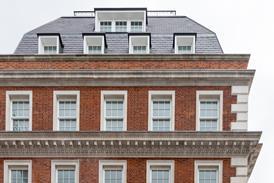



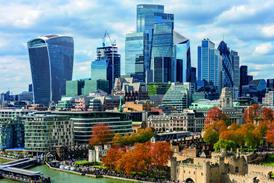










No comments yet